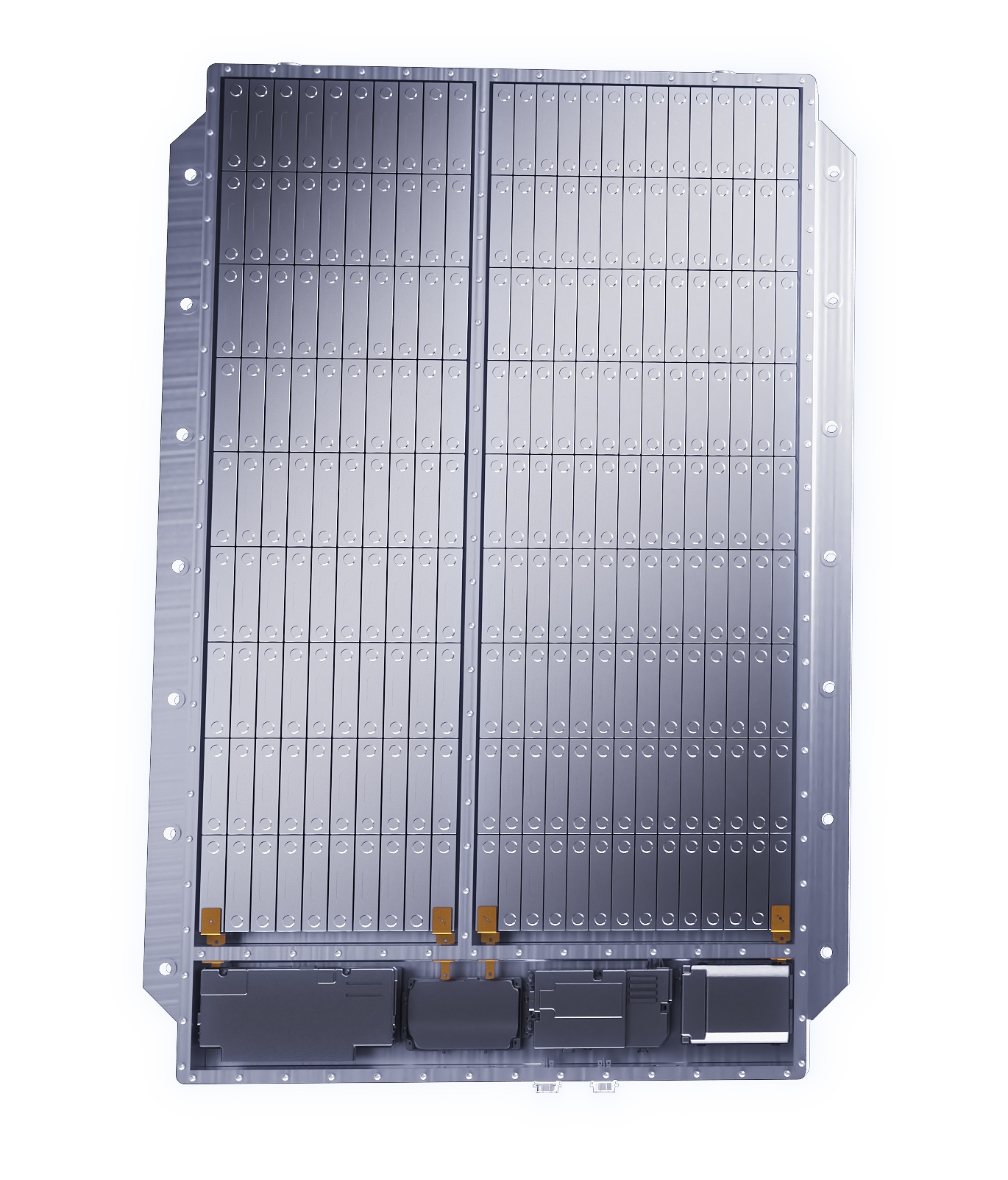Currently the LFP (LiFePO4) cobalt-free chemistry allows to build EV batteries that are extremely safe, durable, simple, affordable and with good performance.
Since - unlike NCM or NCA - LFP battery cells are extremely safe and won’t burn or explode even if punctured, the battery packs don’t require much safety equipment and can adopt a simple CTP (cell-to-pack) format becoming module-less.
Assembling module-less battery packs with prismatic LFP battery cells is extremely easy and fast, but BYD goes a step further with its super long Blade battery cells.
#BYD: blade battery sales estimates:
— Moneyball (@DKurac) August 7, 2021
2021: >600K units/ 35GWh
2022: 820K units/ 51GWh
2023: ca 1M units/ 70GWh
(ITDCW) https://t.co/1jeLyoX18D
Everbright Securities analyzed the cost of several battery packs made with LFP cells from different companies and you’ll see why BYD is ahead of competition.
Cost of LFP (LiFePO4) battery packs
- Generic with modules: 650 yuan (85 euros) per kWh
- Generic with CTP: 570 yuan (75 euros) per kWh
- BYD with CTP: 420 yuan (55 euros) per kWh
BYD Blade battery cell specs
- Capacity: 202 Ah
- Nominal voltage: 3,2 V
- Max charging voltage: 3,65 V
- Energy: 646,4 Wh
- Length: 905 mm
- Height: 118 mm
- Width: 13,5 mm
- Volume: 1,4 L
- Volumetric energy density: 448 Wh/L
- Weight: 3,9 kg (estimation)
- Gravimetric energy density: 166 Wh/kg
- Cycle life: above 3.000 cycles
- Chemistry: LiFePO4 (LFP)
Hopefully, BYD will soon also produce long prismatic battery cells with other cobalt-free chemistries such as LNMO or even sodium-ion based.
Everbright Securities estimates that SIBs (sodium-ion batteries) are 30 % cheaper to produce than LIBs (lithium-ion batteries), dropping the cost per kWh below 40 euros.
Anyway, I’ve been praising BYD for a while now, but nothing prevents other battery cell makers to start producing long cobalt-free prismatic battery cells. SVOLT knows it and already has a long 226 Ah cobalt-free NMX battery cell that automakers can order today.

Remember when the auto industry told us that when the kWh cost of battery packs reached 100 USD (85 euros) electric cars would achieve price parity with their gas-counterparts?
Automakers that don’t plan to soon start using cobalt-free battery cells in CTP packs aren’t serious about mass producing affordable electric cars. The technology is right there in front of them.
With a good 60 kWh LFP battery costing around 3.300 euros today there is no good reason why we still allow automakers to profit from ICE (Internal Combustion Engine) cars that poison our air.
More info:








































